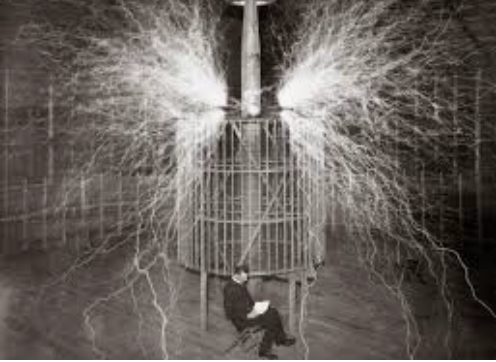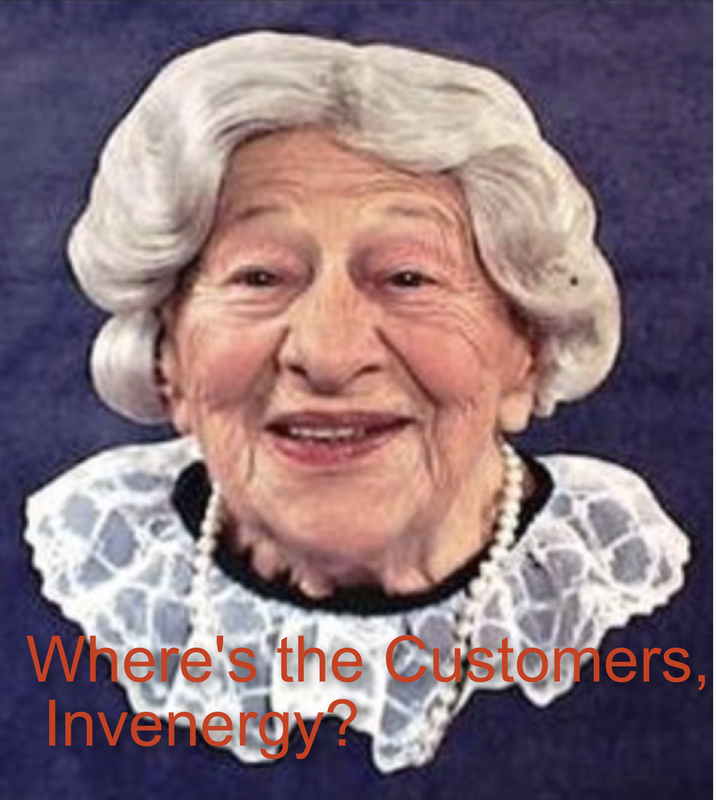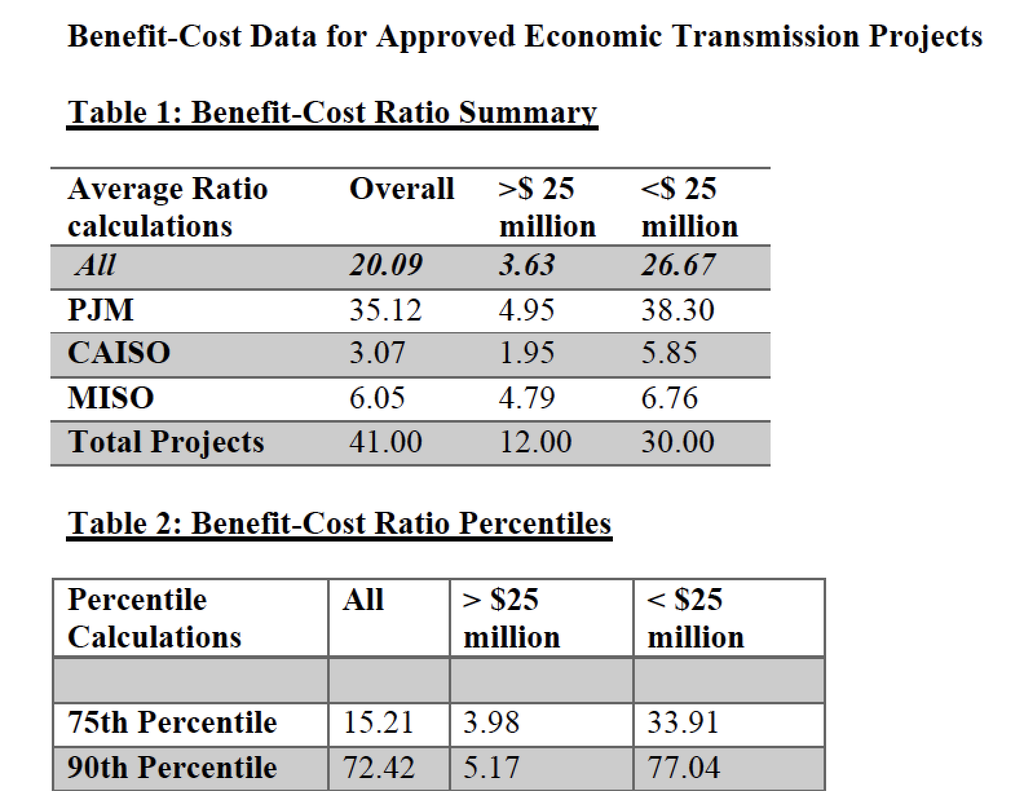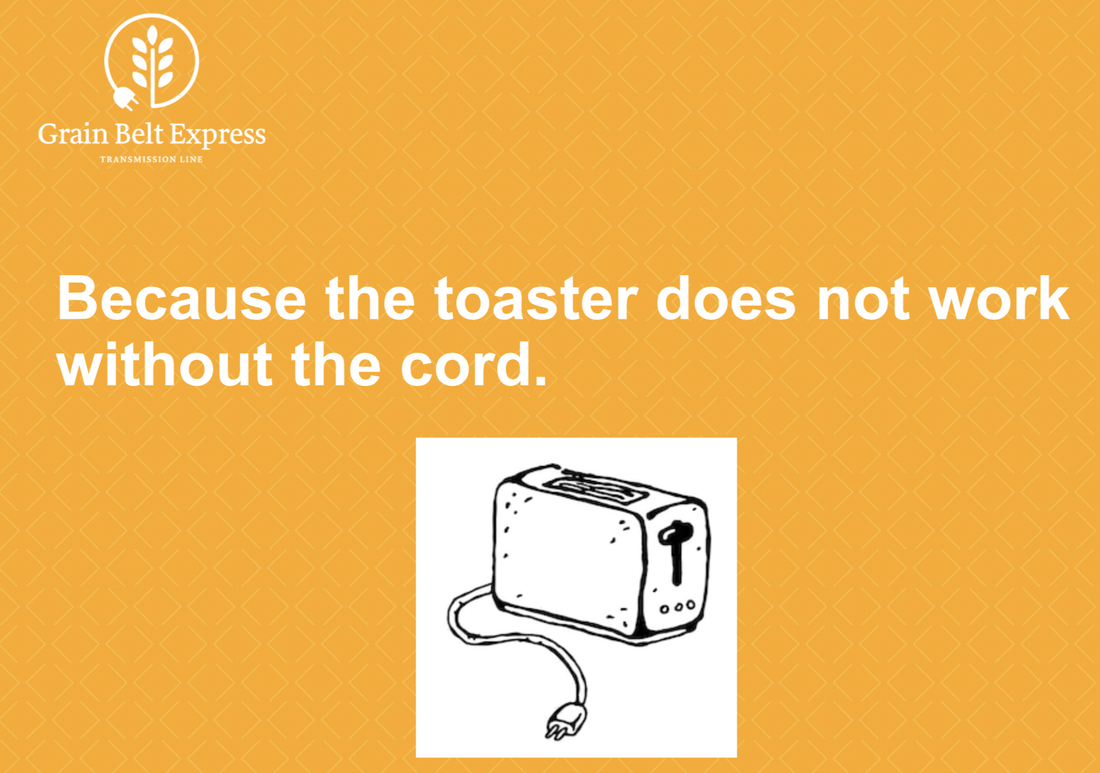The story goes that during discovery in a circuit court appeals case where opposing organizations accused PSC Commissioner Mike Huebsch of bias toward the project, evidence was uncovered showing that Huebsch communicated with utility employees using an encrypted text message app.
*inserting tongue in cheek*
Of course, the utilities involved insist upon complete transparency and are urging the PSC to "do the right thing" and re-open the case in order to take another vote.
*removing tongue in cheek*
If the permit is revoked, the circuit court case looking into instances of commissioner bias collapses. Is this a way for the utilities and the commissioner to save face and possible charges resulting from a full investigation while sweeping the whole matter under the rug, never to be spoken of again?
Perhaps its time for the legislature or the Attorney General to open an independent investigation of improper communications between the PSC and the utilities it regulates? It can't be neatly swept under the rug and forgotten because, without consequences, it will only happen again.
Utilities and their regulators across the country have had cozy relationships forever. Utilities have entire departments devoted to schmoozing and lobbying regulators to receive approval for new plans paid for by consumers. Utilities compile and internally share dossiers about regulators' hobbies, interests, family members and other personal information that utility employees can use to schmooze up to (or maybe hide in exchange for favors?) regulators. Utilities have historically pushed the envelope of what's proper when it comes to influencing decisions of public officials. How much influence can they get away with before the regulator puts up a wall to protect himself? How far can they go before the improper influence is discovered and revealed?
FirstEnergy, ComEd, and other utilities became embroiled in scandal and criminal investigations recently when their improper influence on regulators and legislators was revealed. Now perhaps we can add ATC and ITC to the ever growing list of utilities who aren't fooling anyone anymore. They all do it. However, only a few are ever caught.
Does this mean that regulators cannot develop outside friendships with employees of the utilities they regulate? Yes! Yes, it does. A regulator is sitting in a seat of public trust. He must avoid all personal relationships with the utilities he regulates because they create a perception of bias. The revolving door of regulatory capture circulates career utility employees between utilities, law firms that work for utilities, and regulatory bodies. This has never been a good idea! Anyone who takes on the responsibility of sitting in the regulator seat must put his relationships with utilities and utility law firms on hold for the duration of his term.
Huebsch claims that his encrypted text messages with ATC’s senior Manager-State Government Relations, and others involved in the Cardinal-Hickory creek proceeding, were innocent friendly talk about sports, health and family. He claimed that PSC matters are "just not that interesting." Au contraire! PSC matters are incredibly interesting to utility employees trying to influence state governmental matters. If the messages were so innocent, why were they encrypted and/or deleted? What actually went on here? Will the people burdened with a new transmission line of questionable necessity ever find out? The State of Wisconsin owes them an explanation!
The Wisconsin PSC is supposed to take up the matter today to decide whether to void the CHC permit and re-open the case. If it does so, at the very least it owes full reimbursement to all the parties who participated in the first proceeding that was tainted by Huebsch's appearance of bias. The parties would be forced to shell out a bunch more money participating in a second proceeding through no fault of their own.
But there's more than that... how can the public ever trust the Wisconsin PSC again if it sweeps possible bias by one of its Commissioners under the rug? That whole place needs to be dismantled, aired out, and rebuilt. It's a matter of public trust.






 RSS Feed
RSS Feed